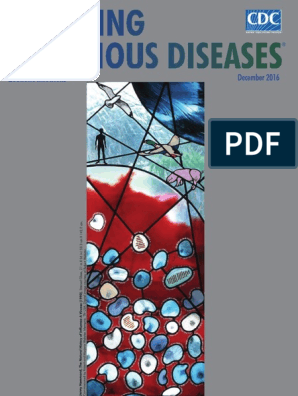0% found this document useful (0 votes)
3 views11 pagesChidera Second Semester
The document discusses emerging infectious diseases (EIDs), highlighting their significant threats to global health, economies, and security, particularly in light of the COVID-19 pandemic. It covers definitions, types, epidemiology, prevention strategies, and the importance of vaccination campaigns in controlling EIDs. The document emphasizes the need for improved surveillance, diagnostics, and collaboration among global entities to effectively combat these diseases.
Uploaded by
Riwoggi A. R (Bishop. Marcus)Copyright
© © All Rights Reserved
We take content rights seriously. If you suspect this is your content, claim it here.
Available Formats
Download as PPTX, PDF, TXT or read online on Scribd
0% found this document useful (0 votes)
3 views11 pagesChidera Second Semester
The document discusses emerging infectious diseases (EIDs), highlighting their significant threats to global health, economies, and security, particularly in light of the COVID-19 pandemic. It covers definitions, types, epidemiology, prevention strategies, and the importance of vaccination campaigns in controlling EIDs. The document emphasizes the need for improved surveillance, diagnostics, and collaboration among global entities to effectively combat these diseases.
Uploaded by
Riwoggi A. R (Bishop. Marcus)Copyright
© © All Rights Reserved
We take content rights seriously. If you suspect this is your content, claim it here.
Available Formats
Download as PPTX, PDF, TXT or read online on Scribd
/ 11

































































































